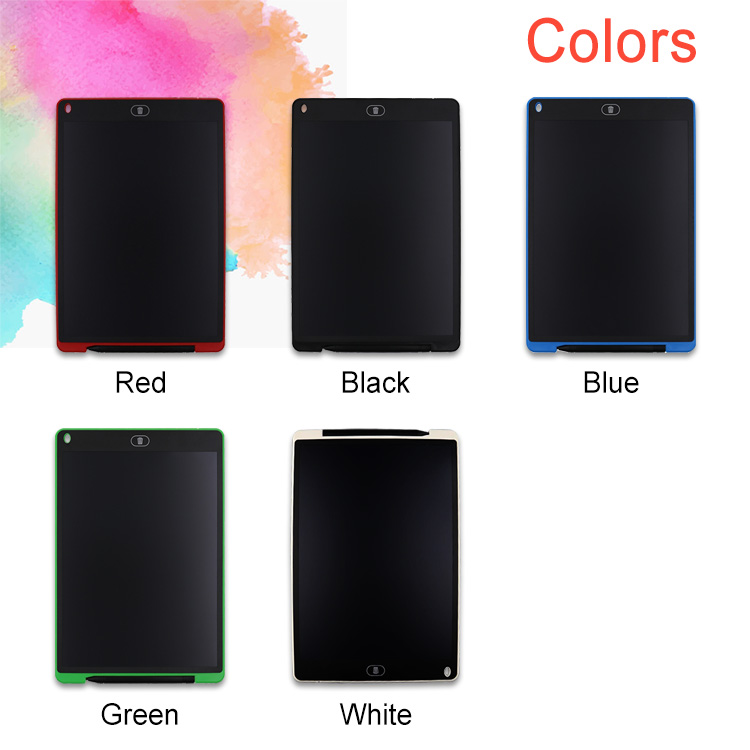The use of light to treat human diseases is a very old method. As early as thousands of years ago, China, Egypt and other countries used sunlight to treat diseases. As a new type of light source, LED has gradually been recognized by people because of its biological effects. It is gradually being applied to medicine and playing an active role. This paper reviews the application of LED in dermatology.
The biological effects of LEDs depend on different optical parameters, including different wavelengths, fluence, power density, irradiation time, continuous wave or pulse wave, and the number of clinical treatments, treatment intervals, and the like. Different wavelengths can reach different locations in the skin tissue (Figure 1). In general, the longer the wavelength, the stronger the penetration ability. The distance between the skin tissue penetrated at 400 nm is less than 1 mm, the distance at which 514 nm penetrates is about 0.5 mm to 2 mm, and the penetration distance at 630 nm is about 1 mm to 6 mm. At the same time, different wavelengths of light can be absorbed by different chromophores in the tissue. In clinical practice, red light (630nm~700nm) is often used to treat deep skin tissue structures, such as sebaceous glands; blue light (400nm~470nm) is used in the treatment of skin lesions in the epidermis in photodynamic therapy (PDT). If you want to reach the dermis of the skin, you need a longer wavelength. For example, the wavelength of 660nm can reach the reticular layer of the dermis and play a role in the skin fibroblasts in the dermis. This is also the principle of LED light source for photorejuvenation. one. Table 1 lists the LED optical parameters commonly used in clinical practice.
Penetration depth of different wavelengths in skin tissue

Second, the application of LED in dermatology
1. Photorejuvenation
Photon skin rejuvenation is defined as a skin rejuvenation treatment that uses continuous intense pulsed light at a low energy density for non-exfoliation. In just a few years since its inception in 2000, photon skin rejuvenation technology has rapidly spread throughout the country and has been widely used in large and medium-sized cities. It has become one of the main means to improve skin photoaging. This technology can significantly improve skin wrinkles and texture. Rough, irregular pigmentation and large pores have been recognized by many technical professionals and beauty appealers. A characteristic histological change in skin photoaging is an elastic fibrosis and collagen fiber maturation barrier in the dermal matrix, resulting in sagging and wrinkles in the skin.
The study found that visible light to near-infrared LED light penetrates the skin epidermis and reaches the dermis layer of the skin. Through photothermal and photochemical action, the elastic fiber and collagen fiber are regenerated and rearranged, thereby reducing skin wrinkles and increasing elasticity. Table 2 lists some of the LED light source devices used for photorejuvenation.
2. Prevention or treatment of post-inflammatory hyperpigmentation
Pigmentation of the skin after inflammation is a common and difficult phenomenon to avoid in skin physics and chemical beauty, and is particularly prone to occur in Asian populations. For example, in order to reduce the degree of skin pigmentation after laser treatment, it is generally avoided that the ultraviolet rays are too strong, the paralyzed patients avoid sun exposure, apply sunscreen, etc., but the pigmentation after inflammation is still difficult to completely avoid. In recent years, studies have found that 660nm LED light can prevent or even treat skin pigmentation after this inflammation, which will be a new research hotspot in the skin beauty industry.
3. Promote wound healing
It can be seen that the LED light of various bands in the near-infrared can promote the growth of epithelial cells after trauma and promote the healing of wounds. At the same time, it also has a good therapeutic effect on the healing of chronic ulcers in the lower limbs of diabetic patients.
4. Reduce inflammation
A series of studies have shown that LEDs have an anti-inflammatory effect. The study found that 635nm LED light can inhibit the release of gingival fibroblasts from the inflammatory mediator, prostacyclin E2 (PGE2), thereby reducing the inflammatory response of the gums. If the pulsed dye laser is used to pre-illuminate the skin before aging, it can reduce the discomfort such as erythema, swelling and pain caused by dye laser. Early exposure to LED light sources before radiation therapy in breast cancer patients can alleviate the side effects of radiation therapy.
5. Prevention of scars
Keloid is a skin condition that affects beauty and is difficult to treat clinically. It is caused by excessive proliferation of connective tissue after skin injury. Patients often have scars. In the clinical beginning, the small and hard red papules slowly increase, producing round, oval or irregular scars, which are higher than the leather surface and stretch outwards like crab feet. The skin is smooth and shiny, which may be accompanied by Pain, itching, etc. Clinical treatment is difficult and the curative effect is not satisfactory. Studies have found that LED can significantly improve the patient's pain, itching and other discomfort, flatten the scar, and have non-invasive advantages.
6. Other effects
In addition, LED can also be used as a UV-free phototherapy device, for photodynamic therapy, for the treatment of hair loss, to reduce skin damage after UV exposure, and so on.
In short, LED has been gradually applied to dermatology as a new type of light source. With the continuous innovation of LED lamps and the medical mechanism of LED biological effects, the application of LED in dermatology will have unlimited prospects. . At the same time, LEDs have higher security and can be used more widely as home medical devices.
Electronic Drawing tablet Features: (drawing with pressure, slim and convenience, erase button, environment-friendly, sturdy and durable)
1.Non-toxic and environment-friendly health eraser board: it can be used as an educational toy, dictation board, calculation paper, drawing board, message board
2. No oil, no ink, dust, pressure painting, the key to clear, environment-friendly health, anti-fall-resistance
3. Reuse, save resources, save 20 trees of 10 age trees in one lifetime, add green for the earth
Digital drawing tablet Instructions:
1. Using the pen's own pen to write and draw, different pen pressures produce different line thicknesses2. Press the clear key to clear the contents of the tablet
When cleared, the LCD Drawing Pad Tablet screen will flicker


12 Inches LCD Writing Tablet,LCD Tablet,LCD Writing Board,Digital Handwriting Pads
Shenzhen New Wonderful Technology Co., Ltd. , https://www.sznewwonderful.com
